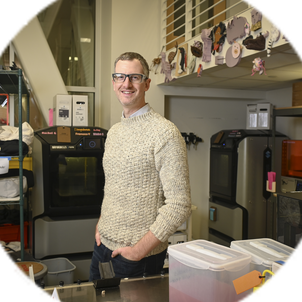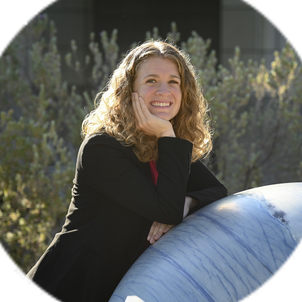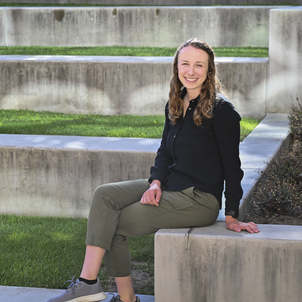My high school always had plays and other performances going on. I am not the type of person who wanted to be on stage, so I was pulled into building sets and making costumes. Sustainability was also a big focus at my school, so we were required to use found objects and recycled materials. I really enjoyed the challenge of building under those constraints and seeing the end product do its job well on stage. In some ways it was similar to the design process I learned at Stanford. I was rapid prototyping in high school without knowing what it was.
My goal was always to go to college abroad. When I came to Stanford as a freshman, I felt like the world was my oyster. I didn’t know what to pick as a major, so I took a variety of classes in all sorts of departments to find my way. As I went through the course catalog I came across ME101 Visual Thinking. The class was very hands on. We learned how to express ideas visually, brainstorm fearlessly, and problem-solve through an iterative process of making and testing. I loved every part of it and everything fell in place after that.
I started my career at a health-tech startup. As a product designer, I’ve always been drawn to solving real human problems and improving people’s lives. I’ve learned that if you really care about your users, you’ll make great products for them. I currently lead product and design at Symple, a business-to-business payments network. We help businesses automate their purchasing and accounting workflows and enhance their vendor-buyer relationships. I’m most excited about giving small to medium-sized businesses access to technology that was previously only possible for the largest enterprises. Take a chef owner of a restaurant, for example, who spends hours and hours filing invoices and manually reconciling ledgers, when she really wants and should be spending time in the kitchen or with her customers.
In the professional world, people often perceive design as something separate from engineering. But I think it’s all part of the same thing: problem-solving. As a product designer, my role centers on making sure that what we create is useful, usable, delightful and, most importantly, has business value. You can build something that’s very technologically impressive and advanced, but if few people can figure out how to use it or see value in it, it won’t have a positive impact on the world. This is why it’s important for designers to be able to truly connect and collaborate with engineering teams.
To me, the beauty of being a designer is that you learn to embrace complicated problems and see them as opportunities for impact. And because I’m living away from the Philippines, I often find myself hoping that what I’m doing now will eventually bring me back to my roots. I’m interested in innovation around women’s issues in developing countries. I hope my experience in both health and financial technology – two areas of dire need for this population – will enable me to do work to empower women in places like the Philippines in the future.
Related spotlights

Dan Somen

Sonia Martin


